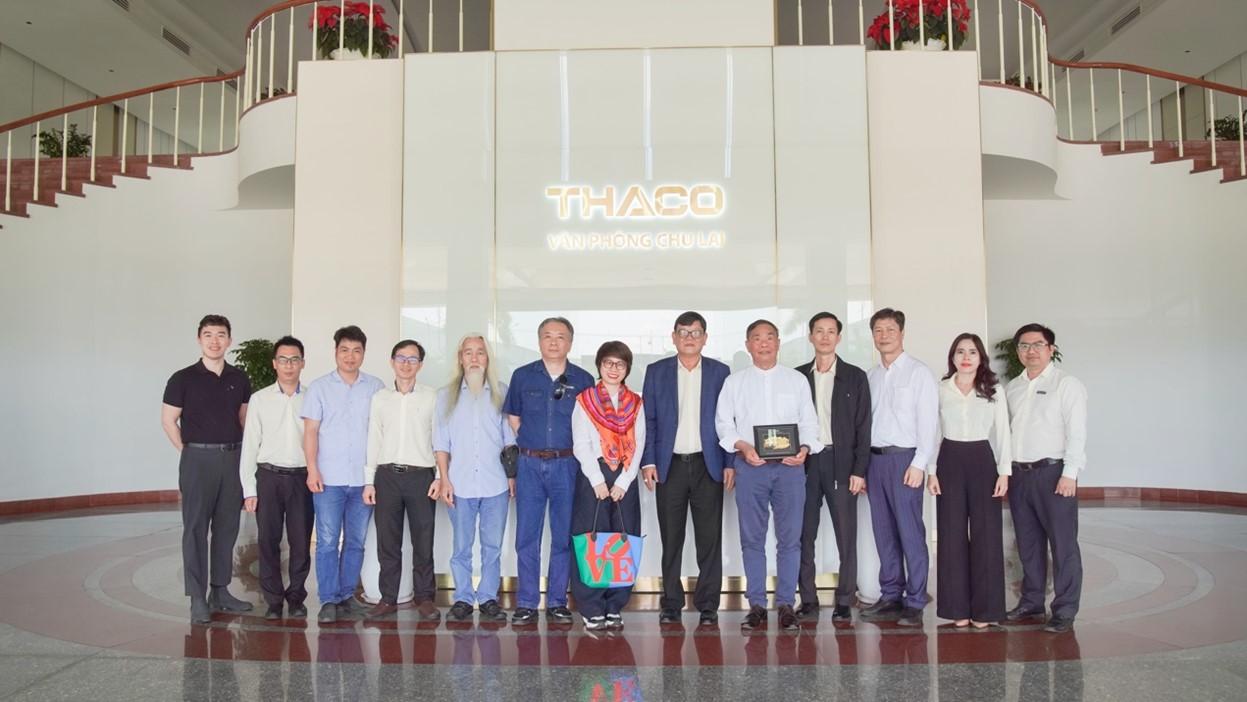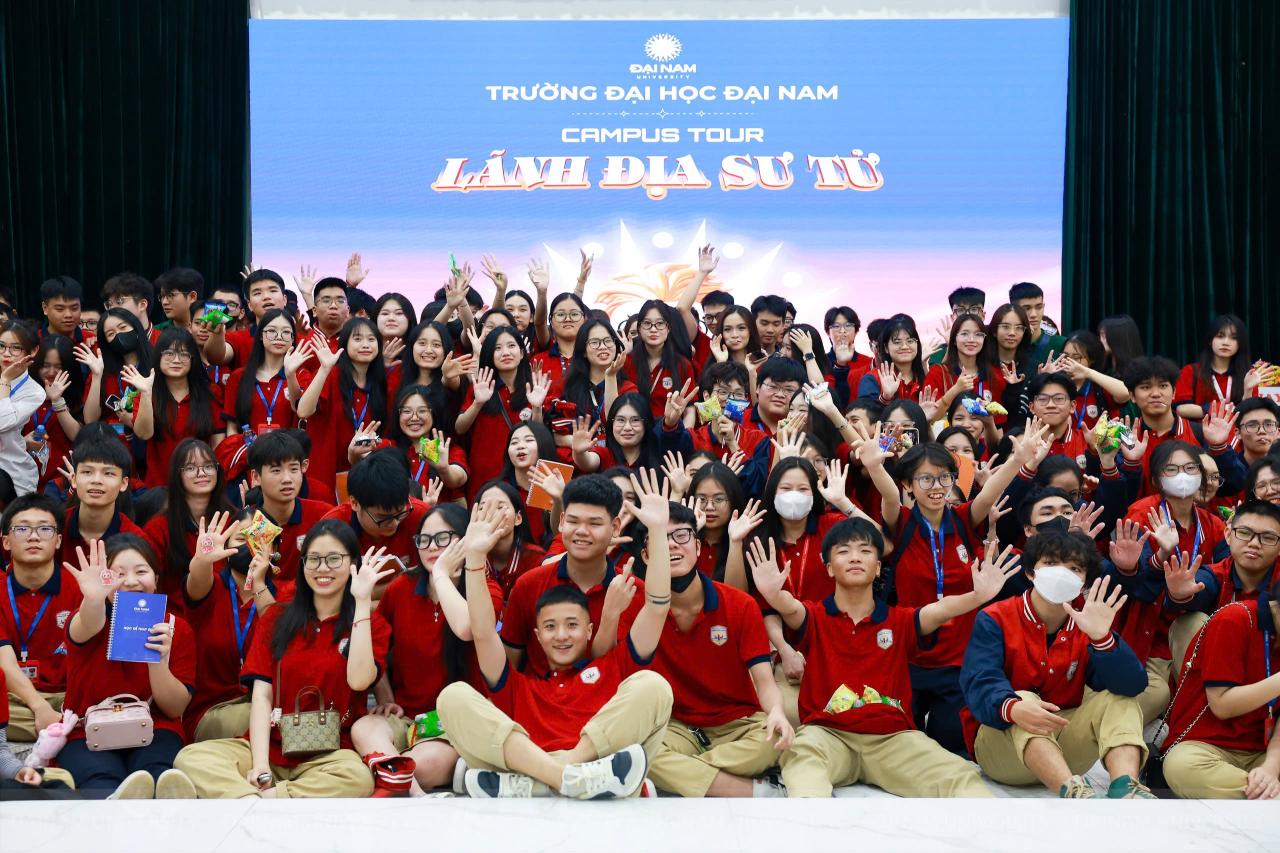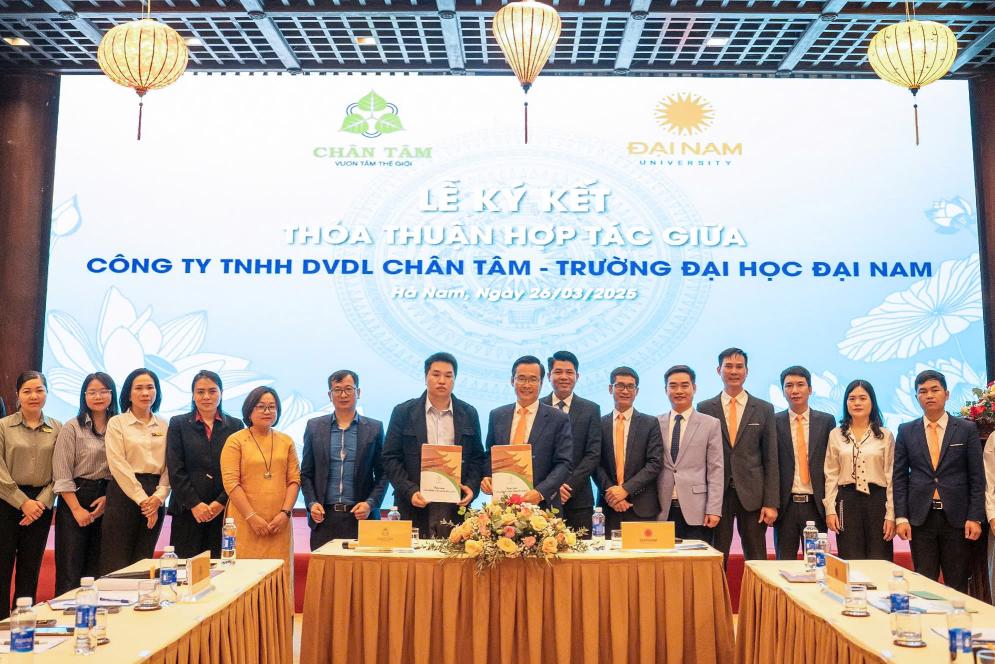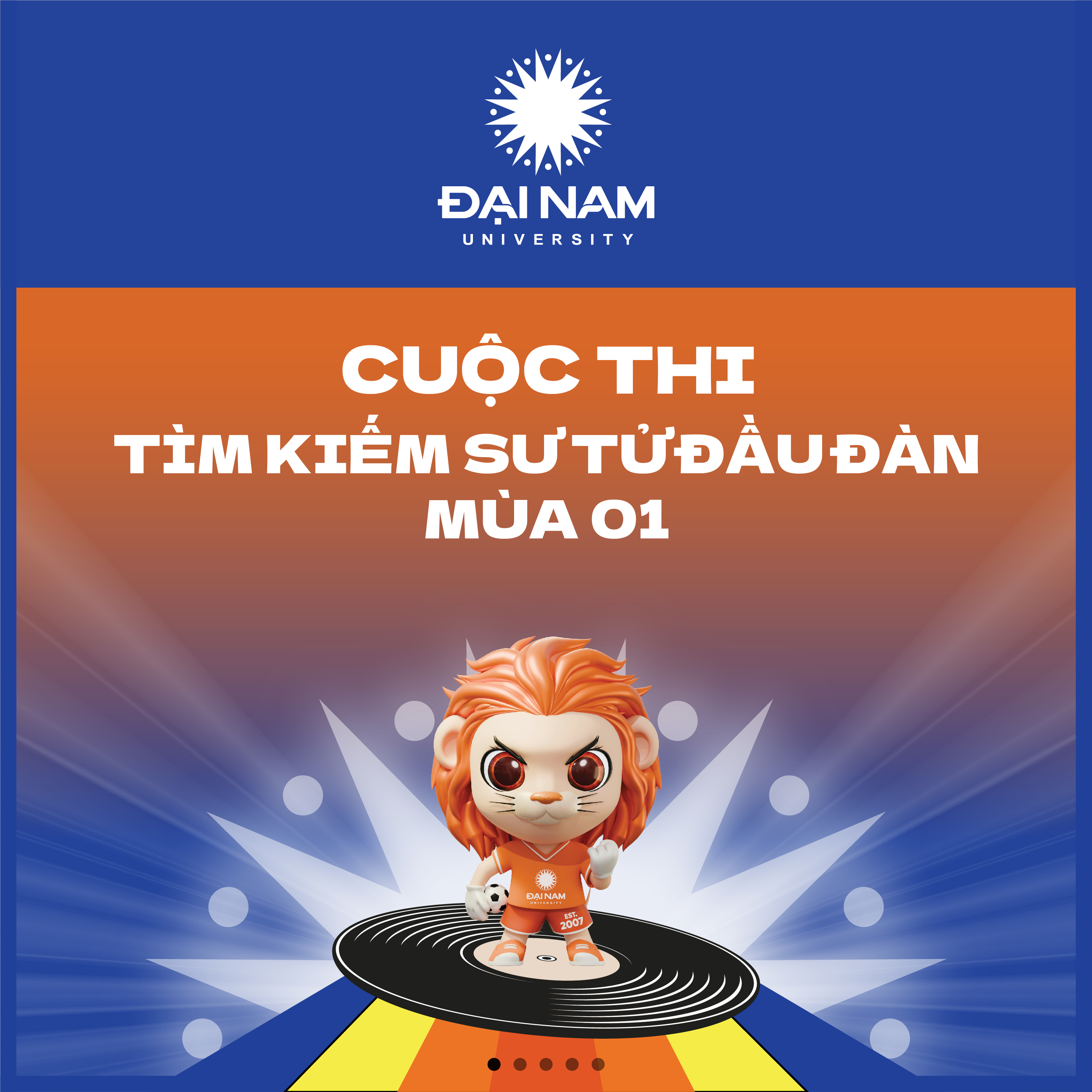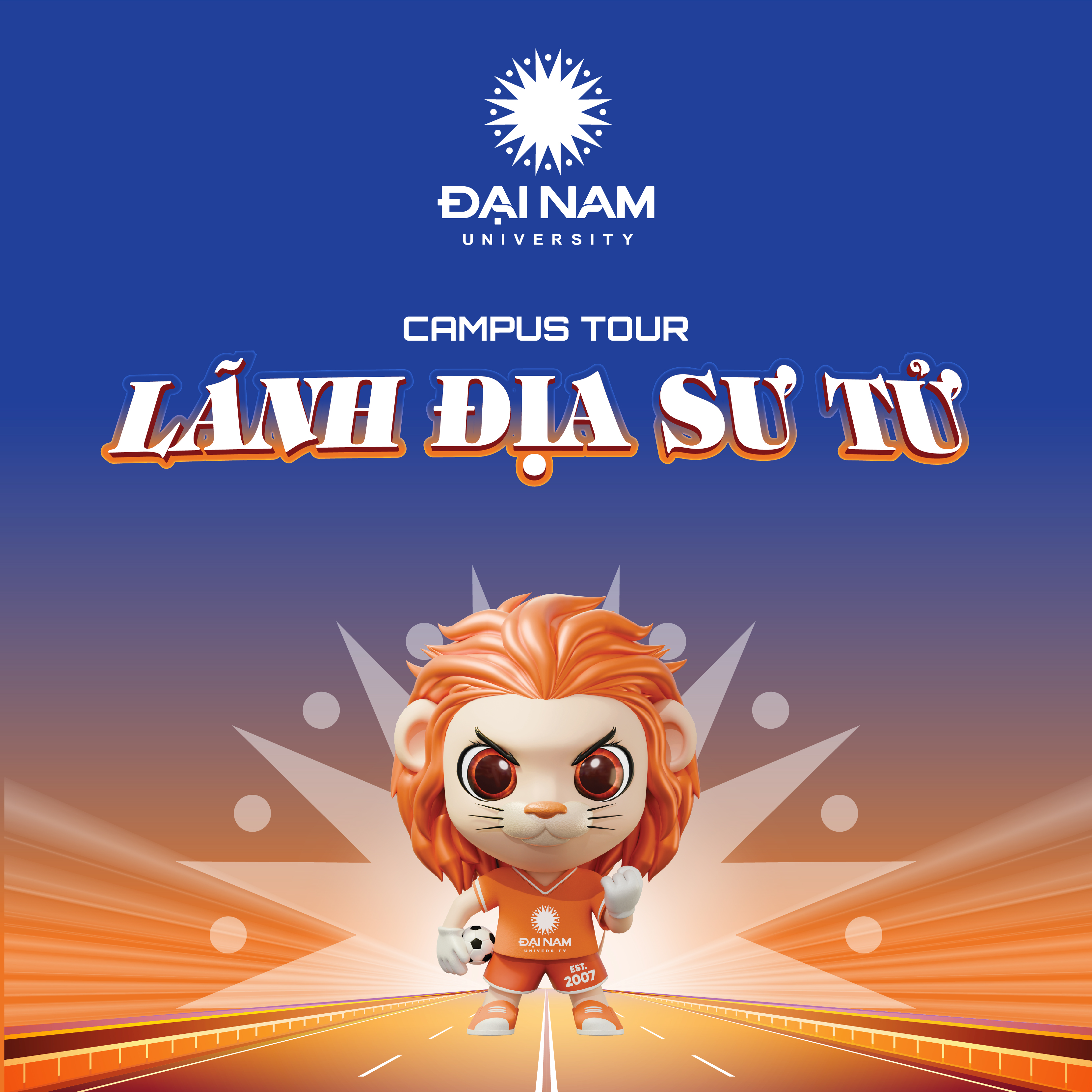Lecturer TC- NH Dai Nam shows how to distinguish real money from fake money
Posted date 05/06/2019
16.089 view

Technology is increasingly developing, along with techniques of taking photos, copying, processing with software... have created increasingly sophisticated counterfeit money. In addition, the trade of counterfeit money across borders (especially from the Chinese border to Vietnam) is becoming more and more complicated. However, up to now, real money still has some elements that counterfeit money cannot imitate. But not all of us know how to distinguish real money from counterfeit money.
- MSc. Nguyen Thi Nguyet Loan (Faculty of Finance - Banking, Dai Nam University)
You all know that torn money can be exchanged at the bank, but if you accidentally get counterfeit money, it will be immediately confiscated and destroyed. So, be very careful.
Technology is increasingly developing, along with techniques of taking photos, copying, processing with software... have created increasingly sophisticated counterfeit money. In addition, the trade of counterfeit money across borders (especially from the Chinese border to Vietnam) is becoming more and more complicated. However, up to now, real money still has some elements that counterfeit money cannot imitate. But not all of us know how to distinguish real money from counterfeit money.
In this article, I would like to share with you some experiences to help you recognize and distinguish real and fake Vietnamese Dong money by hand, by eye, even by nose... simply when we use currency in daily transactions without the support of machines or specialized means.

Some features of Vietnamese Dong (VND) cash
The cash system currently circulating in the Vietnamese economy includes paper money and coins exclusively issued by the State Bank of Vietnam. This is legal tender, used as an unlimited means of payment within the territory of Vietnam.
Due to the lack of synchronization and conformity with the practice of currency circulation, the coins issued by the State Bank since the end of 2003 are still one of the valid forms of payment, all 5 denominations, but have gradually "disappeared" from daily transactions. In April 2011, the State Bank of Vietnam decided to temporarily stop issuing more coins into circulation. And until May 2019, the State Bank auctioned more than 600 tons of scrap metal money after destruction. In addition, due to inflation compared to the time of issuance, small denominations of 100 VND, 200 VND, and even 500 VND cotton paper money have gradually appeared less in circulation.
Some simple ways to identify and distinguish counterfeit money in VND circulation
In current currency circulation, we often use paper money. Cotton paper money has smaller denominations (5,000 VND, 2,000 VND, 1,000 VND) while polymer paper money has larger denominations (from 10,000 VND, 20,000 VND, 50,000 VND, 100,000 VND, 200,000 VND and the highest is 500,000 VND). In which, the types of money counterfeited are mainly large denomination polymer paper money, most commonly 500,000 VND, 200,000 VND and 100,000 VND. Recently, according to the latest announcement from the State Bank of Vietnam, in May 2019, in Dien Bien province, counterfeit money with a denomination of 50,000 VND appeared. However, it is noteworthy that all three types of counterfeit polymer money have not counterfeited security elements such as embossed printing, watermarks, latent images (DOE) in small and large windows, and fluorescent colorless ink.
So what are security factors? How to identify security factors on real money and how to distinguish and detect counterfeit money in circulation?
VND, like all other currencies, has its own security features. Security features are designed and printed to ensure the safety of the banknote, helping to avoid and minimize the risk of counterfeiting. Normally, a VND polymer banknote currently has 12 to 15 security features. (Refer to the security features on the 500,000 VND, 200,000 VND, and 100,000 VND banknotes below)
.png)
Source: State Bank of Vietnam
So how do we recognize these security factors?
Method 1 : With the naked eye , we can easily recognize some of the following basic security factors:
- Hold the bill up to a light source to examine the watermark, security thread (2) and locator pattern.

- On real money, you will see on both sides of the bill: a watermark of President Ho Chi Minh's portrait on the paper background, expressed with many sophisticated lines; the safety belt has clear, sharp letters and numbers that are brighter than the surrounding background color. The positioning image on both sides fits tightly, forming a complete image, with even white slots (visible from both sides).
- Counterfeit money will not have the watermark and safety belt; or the watermark is not as sophisticated as real money, it is just a simulated portrait of President Ho Chi Minh printed on the surface; the letters and numbers on the safety belt are not clear, sharp and darker than the paper background. The positioning image does not fit tightly, the white slots are not even.
b. Tilt the note to check for OVI, IRIODIN and latent relief
.png)
- In real money: The OVI element is earthy yellow when viewed straight on and gradually turns green when viewed from the side. The IRIODIN element is a yellow strip running along the banknote, shimmering metallic when tilting the banknote. The hidden relief will be seen when we place the banknote horizontally at eye level, the letters "VN" are clearly visible in denominations of 200,000 VND, 10,000 VND, and the letters "NH" in denominations of 50,000 VND, 20,000 VND.
- In counterfeit money: There is no color-changing ink element, or the fake yellow/green printing does not have the color-changing effect like real money; there is no sparkling yellow stripe when tilting the bill.
- Observe the transparent windows on the banknote:

- Check the embossed image on the large window: on real money, the embossed image is a delicately embossed cluster of denomination numbers, counterfeit money does not have a cluster of denomination numbers embossed on the large window, if there is, it is only rough embossing, not as delicate as real money.
- Check the latent pattern (DOE) in the small window by bringing the window close to your eyes, looking through the window and towards a red light source (incandescent bulb, flame...) and you will see the latent pattern appear around the light source. If it is counterfeit money, there will be no latent pattern (DOE) in the small window like real money.

Method 2: Identify by hand, we use our hand to gently stroke the bill to check the embossed details (4)
For example, at the following positions: the words "SOCIALIST REPUBLIC OF VIETNAM", the national emblem, the portrait of President Ho Chi Minh, the denomination letters and numbers...).
- On real money: Our hands will feel rough and gritty when stroking these details.
- In counterfeit money: We only have a smooth feeling, not rough or coarse like real money.
Method 3: Some other ways to identify counterfeit money
Have you ever tried to identify counterfeit money by ear? This method sounds a bit strange. But this is a commonly used method and is quite effective. Based on the properties of the material used to make money (Polymer) which has good elasticity, we can identify and distinguish real money from fake money by shaking it in front of our ears. If it is counterfeit money, it is usually hard and dry, when we shake it, we will hear a crackling sound, real money is soft and makes no sound.
Or you can hold the bill in your hand and then let go. If it is real money, the bill will quickly return to its original shape. Counterfeit money, on the other hand, is usually made of nylon, so it will be wrinkled and will not be able to return to its original shape.
And you can also smell the money to distinguish between fake and real money!
Have you ever tried to identify counterfeit money by ear? This method sounds a bit strange. But this is a commonly used method and is quite effective. Based on the properties of the material used to make money (Polymer) which has good elasticity, we can identify and distinguish real money from fake money by shaking it in front of our ears. If it is counterfeit money, it is usually hard and dry, when we shake it, we will hear a crackling sound, real money is soft and makes no sound.
Or you can hold the bill in your hand and then let go. If it is real money, the bill will quickly return to its original shape. Counterfeit money, on the other hand, is usually made of nylon, so it will be wrinkled and will not be able to return to its original shape.
And you can also smell the money to distinguish between fake and real money!

- Real money: Real polymer money has a very distinctive, fragrant and easily recognizable polymer smell.
- Counterfeit money: It does not have a polymer smell, it has a strong plastic or nylon smell, very unpleasant. This is the fastest way to distinguish real money from fake money. Bank and post office employees often use this method.
In addition, some of my friends also shared ways to identify counterfeit money by remembering the first letters in the series of the bills, you can refer to it. For example, currently there are some counterfeit money that have been seized by the authorities with the following first letters in the series:
| Currency denomination type | Series rhyme | |
| 500,000 VND | MA, MI; FG, WY, FQ, JM, LV, GZ, HE, IM, MN, PL, PM, PV, QF, QS, TK, YU | |
| 200,000 VND | HS, SA, BP, AT, BS | |
| 100,000 VND | YA, YI, GX, LF | |
| 50,000 VND | WP, SA, XP, VR, VU (latest) | |
It is true that counterfeit money today is very sophisticated, even the color and finishing details are almost identical to real money. For example, the 200,000 VND note with the BP series is currently the hardest to detect, the material is quite good, one side is roughened like the real thing, the other side is still smooth. If it is new money, it is really hard to detect. Or the 100,000 VND note with the LF series recently is also quite difficult to detect, this note is only a little harder than real money, the ink color is almost the same, and the large inner window is also printed with 100,000 embossed very well.
From that reality, it requires each of us to equip ourselves with certain skills to be able to recognize counterfeit money even without professional support tools such as money detectors or purple lights. Hopefully this article has provided you with very simple but effective "tips" to help you avoid confusion or fraud.
REFERENCES
Latest article
View all Posts
Related articles
See all related Articles
Register for admission consultation 2025
Dai Nam University offers admissions to
36 academic programs
across a diverse range of disciplines, including Healthcare, Engineering and Technology, Economics and Business, and Social Sciences and Humanities.
Register now to secure
scholarships and tuition support worth up to 55 billion VND
scholarships and tuition support worth up to 55 billion VND

Register now to secure
scholarships and tuition support worth up to 55 billion VND
scholarships and tuition support worth up to 55 billion VND



